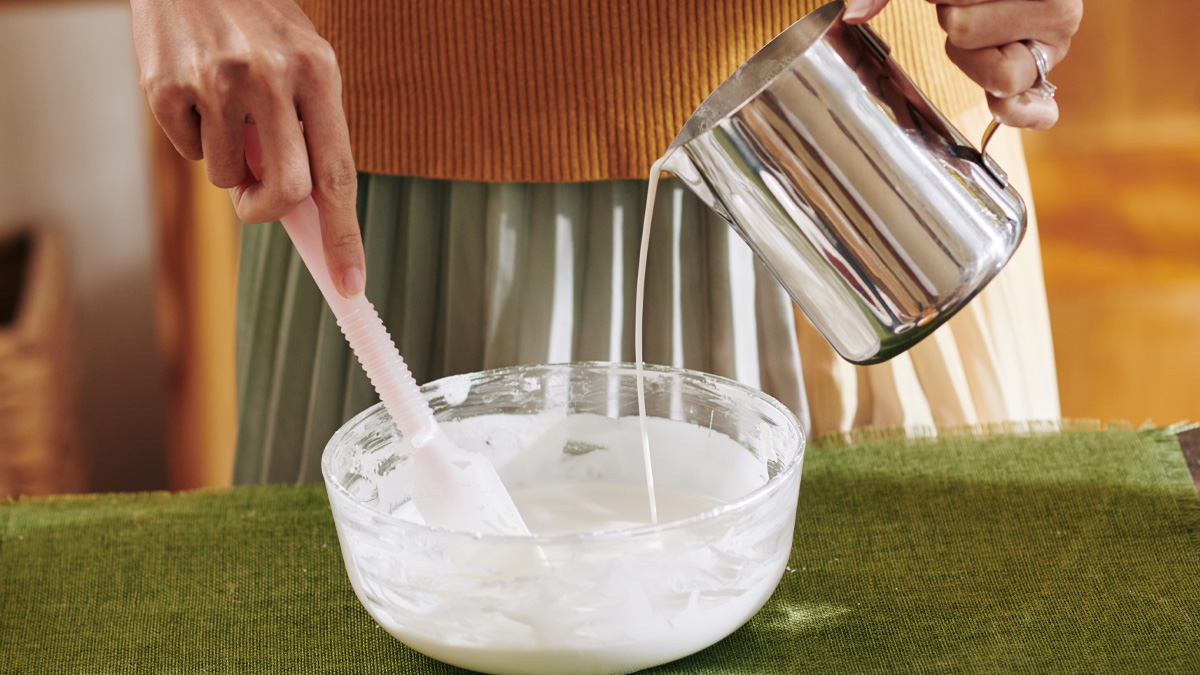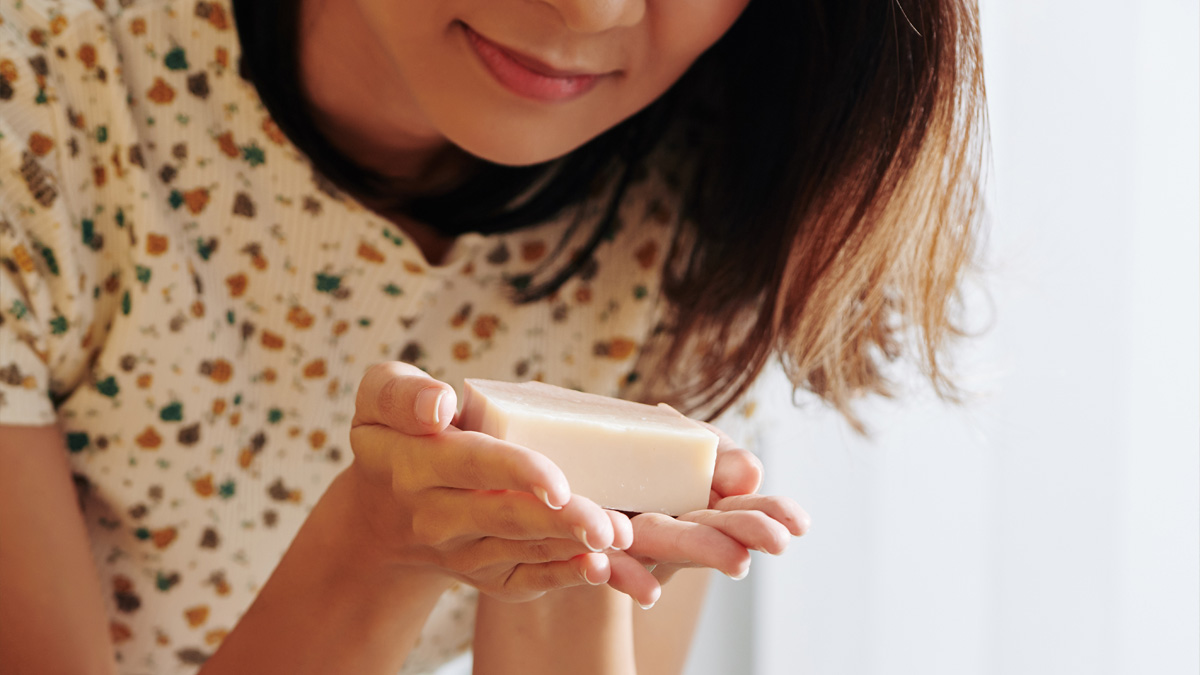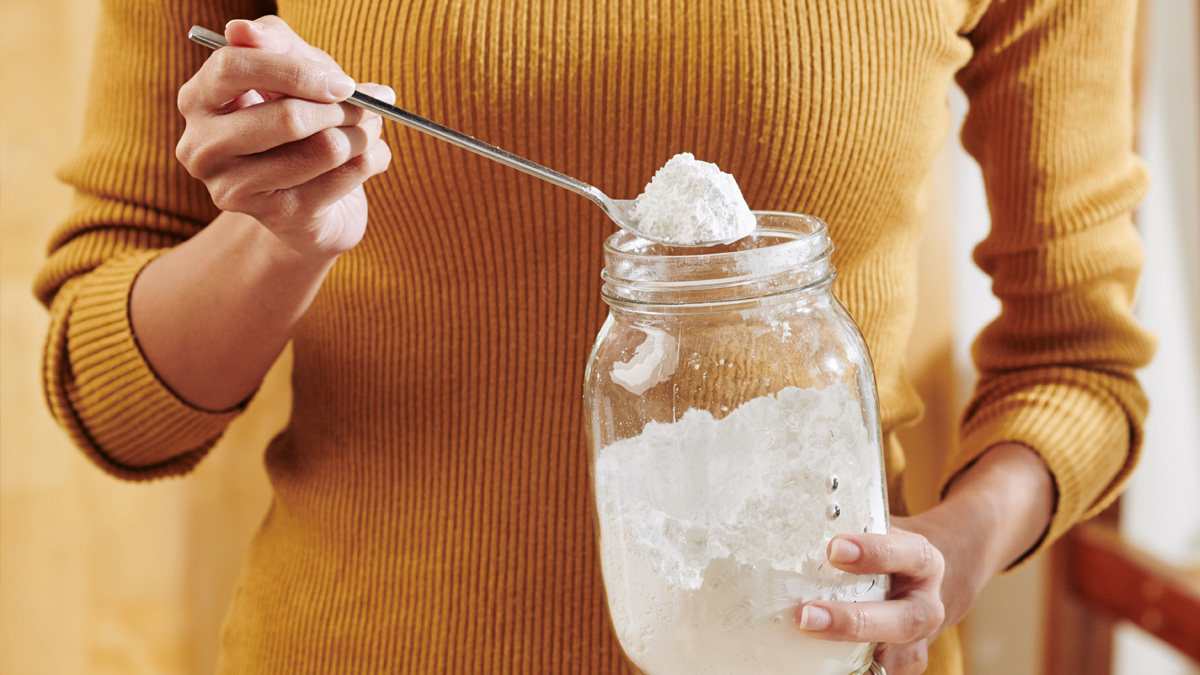on
You can stock up on cleaning supplies, but in a long term survival situation you will eventually run out of soap. And one of the key ingredients to soap making is lye. Knowing how to make it and what you need to have on hand to make it should be a part of your preps.
Lye is an alkaline solution that is used to make soaps, as a cleaning product, and sometimes as a solution to cure foods. It is potassium hydroxide, sometimes called caustic soda, and has a pH of about 13. This level of alkalinity can burn your skin and corrode some materials so you need to take precautions when making lye.
Materials for Making Lye
You only need two ingredients for making homemade lye:
- White Ashes – from hardwood
- Water – preferably rainwater
The best ash comes from hardwood trees or from kelp. Softwoods, such as pine or fir, are better if you want to use the lye to make a liquid or soft soap.
To prepare the ash, simply burn wood completely and collect the remains. You may also collect ash from other sources, such as paper, but expect chemical contaminants that may be undesirable if the lye is to be used for soap.
Safety Information
You can adapt this method using materials available to you, but keep in mind three important points:
- Use glass, plastic, or wood to process and collect the lye. Lye reacts with metal.
- The process gives off noxious vapors, especially if you heat the lye to make it more concentrated. Make lye outdoors or in a well-ventilated shed. This is not a project you want to undertake inside your home.
- Lye is a corrosive strong base. Wear gloves and eye protection, avoid inhaling vapors, and avoid skin contact. If you splash lye water on your hands or clothes, immediately rinse the affected area with water.

Process To Make Lye
All you need to do to make lye is soak the ashes in water. This yields a slurry of residue in a potassium hydroxide solution. You need to drain the lye water and then, if desired, may concentrate the solution by heating it to remove excess water. In summary:
- Mix the ash and water
- Allow time for the reaction
- Filter the mixture
- Collect the lye
One method that has been used for hundreds of years, if not longer, is to process lye in a wooden barrel with a cork near the bottom. These are available from brewing supply stores. It’s also fine to use a cast iron or stainless steel pot.
To use this method:
- Place stones at the bottom of the barrel.
- Cover the stones with a layer of straw or grass. This serves to filter the solids from the ash.
- Add ashes and water to the barrel. You want enough water to fully saturate the ashes, but not so much that the mixture is watery. Aim for a slurry. Allow the mixture to react for three to seven days.
- Test the concentration of the solution by floating an egg in the barrel. If a coin-size area of the egg floats above the surface, the lye is sufficiently concentrated. If it is too dilute, you may need to add more ashes.
- Collect lye water by removing the cork at the bottom of the barrel.
- If you need to concentrate the lye, you can either let the water evaporate out of the collection bucket or you can heat the solution. Another option is to run the lye liquid through ashes again.
Modern adaptations of the old technique involve using plastic or glass buckets with spigots rather than wooden barrels. Some people drip rainwater from a gutter into the lye bucket. Rainwater tends to be soft or slightly acidic, which helps with the leaching process.

Testing the finished product
Before you can use the lye to make soap, you need to make sure it is the right pH. To do this, you will need either pH test strips or a pH meter. If you have neither, you can use a potato—if it floats, the lye is ready; if it sinks it is not.
The pH of each bucket of lye water needs to be 13 or more. If it is below 13, carefully pour the bucket of lye water back into the wooden barrel and collect it again. Repeat this process until your buckets of lye water are at a pH of 13. It will most likely take at least one more run through the barrel to reach the right pH level.
Take care not to splash when pouring the liquid back into the barrel as the water can burn your skin.
Once you have the lye at a pH of 13, you are ready to use it as you wish. You can use the lye water to make soap, unclog drains, or cure olives.
Get access to premium content and more!





